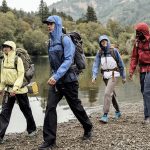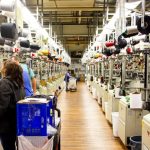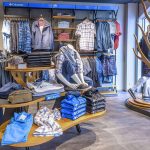A new study funded by the National Shooting Sports Foundation (NSSF) and carried out by Southwick Associates has found that the pool of American hunters is much larger than previously thought.
This report estimates that 21.8 million Americans hunted at least once over the past five years. Previous estimates have shown over 14 million youth and adults hunt each year, but not all hunters take to the field every year. Conducted in partnership with 17 state wildlife agencies, the study assessed license sales patterns and found that 78% of the U.S. hunters who bought a license in a given year also purchased one again the following year. By examining purchasing patterns over multiple years, it was determined that for every two hunters in the field this year, one is taking the year off.
“Considering hunters' contribute over $1 billion every year to wildlife conservation via licenses and excise taxes, if half of the hunters who lapsed this year actually bought a license, conservation dollars would have increased by $97 million,” reported Rob Southwick, President of Southwick Associates. “This estimate doesn't even include the extra dollars possible from increased hunters' excise taxes. Considering the limited government dollars allocated for wildlife and the tremendous impact hunters provide to rural communities, increased efforts to boost hunter numbers would make smart conservation and economic sense.”
The NSSF study monitored license-buying patterns over multiple years, producing results for various segments of hunters, and described the lifestyles, habits and demographics of various segments of the hunting community. “We know there are many types of hunters with a wide range of interests. This study reveals who our hunters are beyond the usual demographic descriptions. We now have a better idea of hunters' regional purchasing habits, recreational choices and overall lifestyle preferences,” said Jim Curcuruto, Director of Research and Analysis for NSSF. “The results will be used to strengthen existing hunting participation programs and develop new programs designed to convert the casual hunter into an annual license buyer. Savvy industry marketing and communications professionals will use these data to enhance their advertising efforts.” said Curcuruto.















